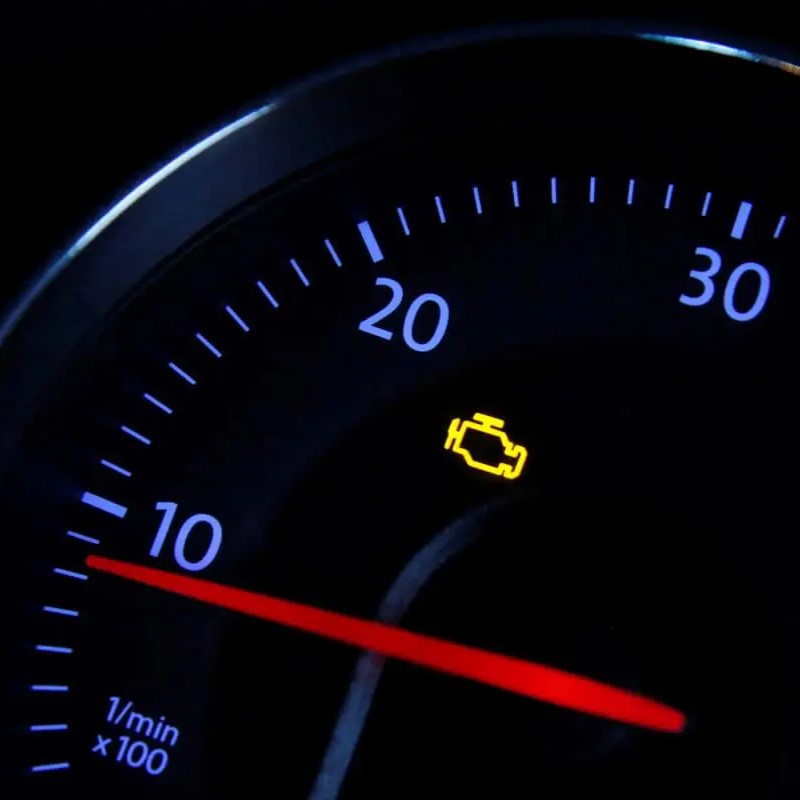Have you ever glanced at your dashboard and noticed a light with “TC” or a car with squiggly lines underneath it illuminated? This is the traction control (TC) warning light, and it plays a crucial role in keeping you safe on the road. This article delves into the world of TC, explaining what it is, how it works, and what to do when the light comes on.
What is Traction Control?
Traction control is a computerized system that helps prevent your car’s wheels from losing grip on the road. It accomplishes this by monitoring wheel speed and engine power. When the system detects a wheel spinning faster than the others (indicating a loss of traction), it intervenes to restore control.
How Does Traction Control Work?
Here’s a breakdown of the TC system’s operation:
- Wheel Speed Sensors: Sensors at each wheel constantly monitor their rotational speed.
- Engine Control Unit (ECU): The ECU receives data from the wheel speed sensors and compares it to the engine’s speed.
- Loss of Traction Detection: If the ECU detects a significant difference in speed between a spinning wheel and the others, it interprets this as a loss of traction.
- Intervention: The ECU takes corrective action. This might involve:
- Engine Power Reduction: The ECU reduces engine power to slow down the spinning wheel.
- Selective Braking: The system applies brakes to the spinning wheel, transferring traction to the wheels with better grip.

Benefits of Traction Control
Traction control offers several advantages:
- Enhanced Stability: By preventing wheel spin, TC helps maintain control during slippery conditions like rain, snow, or gravel.
- Reduced Risk of Skidding: When a wheel loses traction, the car can skid. TC helps prevent this, minimizing the risk of accidents.
- Improved Handling: TC ensures all wheels have adequate grip, leading to better handling and responsiveness, especially during cornering.
When Does the TC Light Come On?
The TC light typically illuminates in two scenarios:
- System Activation: When the TC system detects a loss of traction and intervenes, the light will often flash momentarily. This is a normal behavior, indicating the system is working as intended.
- System Deactivation: Some vehicles allow drivers to turn off the TC system manually. When deactivated, the TC light will usually stay on continuously.
What to Do When the TC Light Comes On
If the TC light flashes momentarily while driving in slippery conditions, there’s no need to be alarmed. It simply means the system is working. However, if the light stays on constantly, here’s what to do:
- Consult Your Owner’s Manual: Refer to your car’s manual for specific instructions on how to operate the TC system and interpret the light signals.
- Check for System Deactivation: Verify if you’ve unintentionally turned off the TC system. If so, you can usually re-enable it using a button on the dashboard.
- Seek Professional Help: If the light remains on even after re-enabling the system, it might indicate a malfunction. It’s best to consult a qualified mechanic for diagnosis and repair.

Important Considerations
While TC is a valuable safety feature, it’s important to remember:
- Not a Substitute for Safe Driving: TC should not be a reason to drive recklessly in bad weather. Always adjust your speed and driving style to the road conditions.
- Limitations in Off-Road Situations: TC might hinder progress in extreme off-road conditions where controlled wheel spin is sometimes necessary. Most systems allow for temporary deactivation in such situations.
- Consult Your Owner’s Manual: Different car models might have variations in TC operation and warning light behavior. Always refer to your owner’s manual for specific details.
Energy Efficiency and Environmental Impact
While traction control undoubtedly enhances safety, its impact on a car’s energy efficiency and, consequently, the environment, deserves consideration.
Potential Impact on Fuel Economy:
The effect of TC on fuel economy is a complex issue. Here’s why:
- Reduced Wheel Spin: In ideal situations, TC can actually improve fuel efficiency by preventing wasteful wheel spin, especially during acceleration on slippery surfaces. This translates to less wasted power and potentially fewer gear changes.
- System Activation: However, frequent TC intervention can lead to increased engine power reduction or braking, which can counteract the efficiency gains mentioned above.
The Verdict on Efficiency:
The overall impact of TC on fuel economy depends on various factors like driving style, road conditions, and the specific TC calibration. In most everyday driving scenarios, the benefits of preventing wheel spin likely outweigh any drawbacks from system activation. However, for very fuel-conscious drivers or those who frequently encounter slippery roads, the potential efficiency trade-off might be worth considering.
Environmental Impact:
Since fuel efficiency and environmental impact are closely linked, the factors mentioned above also influence TC’s effect on the environment. By reducing wasted power and potentially improving fuel economy, TC can contribute to lower emissions. However, frequent system activation might negate this benefit to some extent.
Challenges and Future Outlook
While traction control offers significant advantages, it’s not without its challenges. Here’s a look at some limitations and the exciting advancements on the horizon.
Challenges of Traction Control
- System Sensitivity: Modern TC systems are often quite sensitive, and can intervene even in situations where a skilled driver might still maintain control. This can be frustrating for performance-oriented drivers who want to explore the car’s limits on a track.
- Sensor Limitations: Traction control relies on wheel speed sensors. These sensors can be fooled by factors like worn tires or uneven road surfaces, leading to unnecessary intervention.
- Off-Road Performance: As mentioned earlier, TC can be a hindrance in off-road scenarios where controlled wheel spin can be beneficial for maneuvering through difficult terrain.
Future Outlook: A More Refined System
Despite these challenges, the future of traction control is bright. Here’s what we can expect:
- Advanced Algorithms: Engineers are constantly refining the algorithms that govern TC systems. This will lead to greater sensitivity and the ability to differentiate between genuine loss of traction and situations where driver control is still possible.
- Integration with Other Systems: Future TC systems will likely integrate more seamlessly with other driver-assistance technologies like electronic stability control (ESC) and anti-lock braking systems (ABS). This will create a more comprehensive network for maintaining vehicle stability.
- Driver Customization: Manufacturers might introduce adjustable TC settings that allow drivers to tailor the system’s intervention level to their preferences and driving conditions. For instance, a driver could select a more aggressive setting for track driving or a more conservative setting for everyday commuting.
- Vehicle-to-Everything (V2X) Communication: Emerging V2X technology allows vehicles to communicate with each other and infrastructure. This could potentially lead to TC systems that anticipate slippery road conditions based on real-time data, further enhancing safety.
Traction control is a continuously evolving technology that plays a crucial role in road safety. By addressing current limitations and embracing future advancements, TC systems will become even more sophisticated and adaptable, providing drivers with an ever-increasing layer of security on the road.

The TC light on your dashboard serves as a vital reminder of a sophisticated system working behind the scenes to keep you safe. By understanding how TC functions and what the light signifies, you can become a more informed and confident driver. Remember, safe driving practices remain paramount, but TC acts as a valuable guardian angel on the road, especially during challenging weather conditions.





